The tale of Snow White and the poisoned apple is one of the most iconic moments in fairy tale history. It’s a story that has been told and retold across generations, embedding itself deeply into popular culture. The image of the innocent princess biting into the crimson fruit, only to fall into a death-like slumber, is both haunting and unforgettable. But beyond its surface-level drama, the poisoned apple carries layers of symbolism, historical context, and even psychological undertones that continue to fascinate scholars and audiences alike.
The Origins of the Poisoned Apple
The poisoned apple as a plot device isn’t exclusive to the Brothers Grimm’s version of Snow White. In fact, the motif of a treacherous fruit appears in various mythologies and folktales long before their 19th-century rendition. Some historians trace its roots back to ancient legends, where enchanted or cursed food often served as a tool for betrayal or divine punishment. The apple, in particular, has a storied past—think of the biblical forbidden fruit or the golden apples of Greek mythology. Its association with temptation and danger makes it a fitting choice for the Evil Queen’s weapon of choice.
In the Grimm Brothers’ original 1812 version, the Queen attempts to kill Snow White three times before succeeding with the apple. Earlier versions of the tale, however, sometimes featured other methods, such as a poisoned comb or a suffocating corset. The apple’s eventual dominance in the narrative might be attributed to its visual and thematic potency. Unlike a comb or a piece of clothing, an apple is something one consumes—making the act of poisoning feel more intimate and irreversible.
Symbolism and Cultural Interpretations
The poisoned apple is ripe with symbolism. On one level, it represents the dangers of unchecked vanity and jealousy. The Evil Queen’s obsession with being "the fairest of them all" drives her to commit unspeakable acts, and the apple becomes the physical manifestation of her corruption. It’s also a cautionary symbol about appearances—the apple is beautiful and enticing, masking its deadly nature. This duality resonates with themes of deception and the idea that not everything that glitters is gold.
Psychologically, the apple can be seen as a metaphor for forbidden knowledge or the loss of innocence. Snow White’s bite mirrors the biblical Eve’s consumption of the forbidden fruit, leading to a fall from grace—or in Snow White’s case, a fall into unconsciousness. Some feminist readings of the tale interpret the apple as a symbol of patriarchal control, where the Queen and Snow White are pitted against each other in a battle dictated by beauty standards imposed by a male-dominated society.
The Apple in Modern Adaptations
Disney’s 1937 animated film solidified the poisoned apple’s place in popular culture. The scene where the Queen, disguised as an old hag, offers the apple to Snow White is a masterclass in suspense. The animation emphasizes the apple’s allure—its glossy red skin, the dramatic pause before the bite—making the moment both mesmerizing and terrifying. Later adaptations, from films to TV shows, have played with the apple’s symbolism, sometimes subverting it. In shows like "Once Upon a Time," the apple is part of a larger mythology, tied to curses and dark magic.
Modern retellings also explore the apple’s role in Snow White’s agency. Some versions depict her as knowingly taking the bite to outwit the Queen, while others delve into the aftermath of her revival, questioning whether the experience leaves lasting scars. The apple, once a simple plot device, has become a versatile symbol open to endless reinterpretation.
The Science Behind the Poison
While fairy tales rarely concern themselves with realism, the idea of a poisoned apple isn’t entirely far-fetched. In reality, certain plants and fruits contain toxic compounds that can induce sleep, hallucinations, or even death. Nightshade, for example, produces berries that resemble small apples and contain potent alkaloids. Hemlock, another deadly plant, was used in ancient executions. The Queen’s apple might be fantastical, but its real-world parallels add an eerie layer of plausibility.
Historically, poisoning was a feared and clandestine method of murder, often associated with witchcraft or political intrigue. The apple, a common food item, would have been an effective vehicle for such a crime—unsuspecting and easy to tamper with. This historical context might explain why the poisoned apple feels so chillingly believable within the fairy tale framework.
Legacy and Continued Fascination
Why does the poisoned apple still captivate us? Perhaps because it encapsulates a universal fear: the betrayal of trust. Snow White lets her guard down, swayed by the Queen’s disguise, and pays a steep price. The apple serves as a reminder that danger often comes in attractive packaging. It’s a theme that transcends time, relevant in everything from cautionary childhood lessons to modern-day thrillers about deception.
The apple’s legacy is also evident in how it’s been commercialized and parodied. From Halloween costumes to merchandise, the image of the half-bitten apple is instantly recognizable. It’s been referenced in everything from music lyrics to tech logos (though Apple Inc. insists their logo isn’t a nod to the fairy tale). The poisoned apple has become shorthand for any seemingly benign thing with hidden dangers—a testament to the story’s enduring power.
Ultimately, the poisoned apple is more than just a fairy tale prop. It’s a symbol, a warning, and a narrative device that continues to evolve. Whether viewed through a historical, psychological, or cultural lens, its bite still stings—and its story remains as compelling as ever.

By Eric Ward/Apr 29, 2025
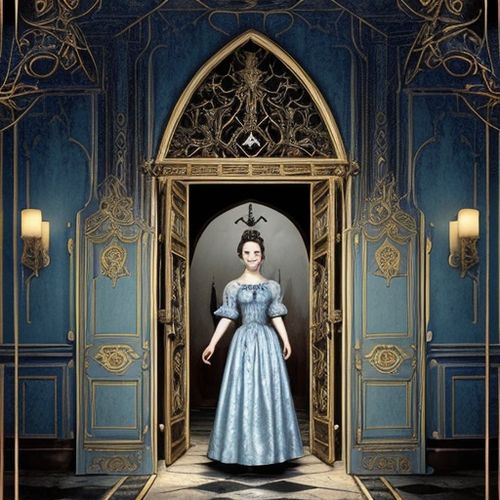
By James Moore/Apr 29, 2025
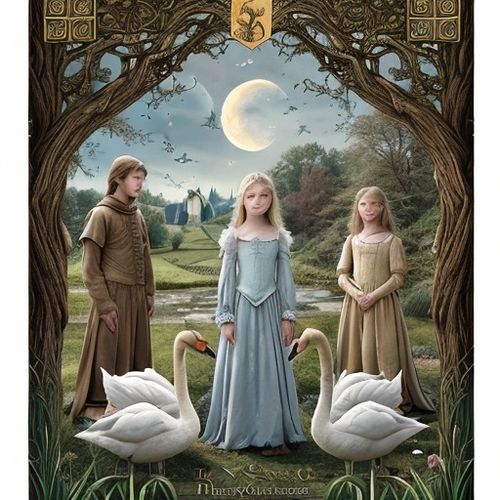
By David Anderson/Apr 29, 2025

By James Moore/Apr 29, 2025

By Lily Simpson/Apr 29, 2025

By David Anderson/Apr 29, 2025

By Christopher Harris/Apr 29, 2025

By Noah Bell/Apr 29, 2025

By Thomas Roberts/Apr 29, 2025

By Olivia Reed/Apr 29, 2025
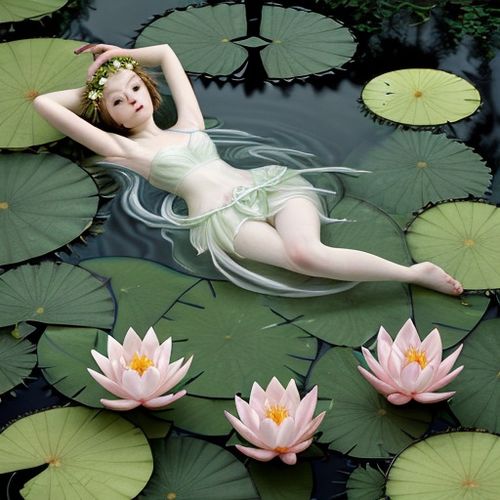
By Victoria Gonzalez/Apr 29, 2025
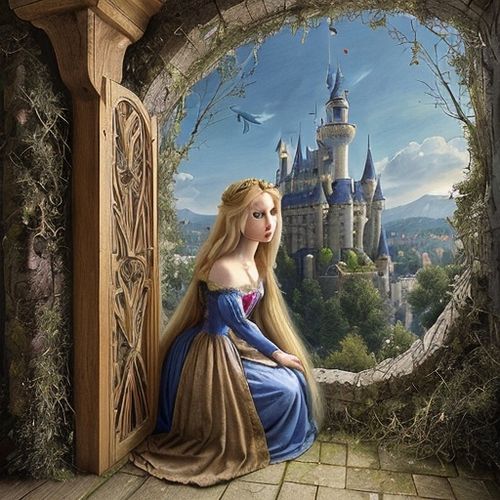
By Natalie Campbell/Apr 29, 2025

By Noah Bell/Apr 29, 2025

By Sarah Davis/Apr 29, 2025
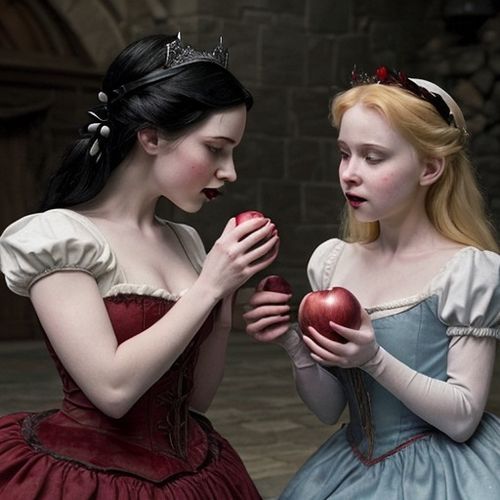
By John Smith/Apr 29, 2025
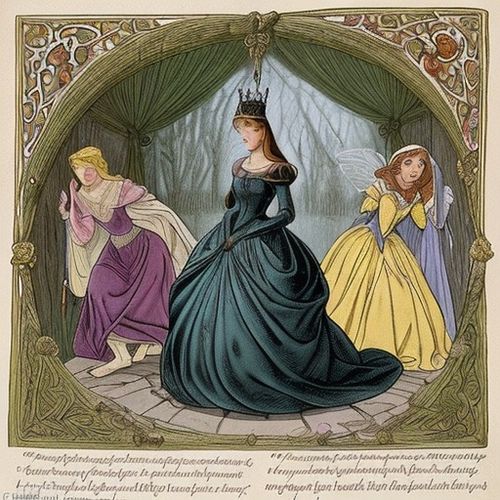
By Laura Wilson/Apr 29, 2025
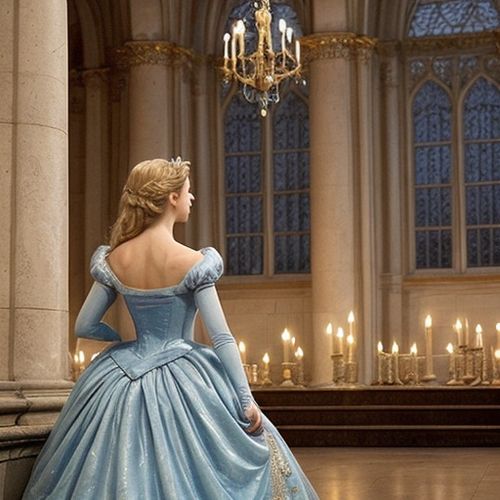
By Eric Ward/Apr 29, 2025

By Rebecca Stewart/Apr 29, 2025

By Emily Johnson/Apr 29, 2025